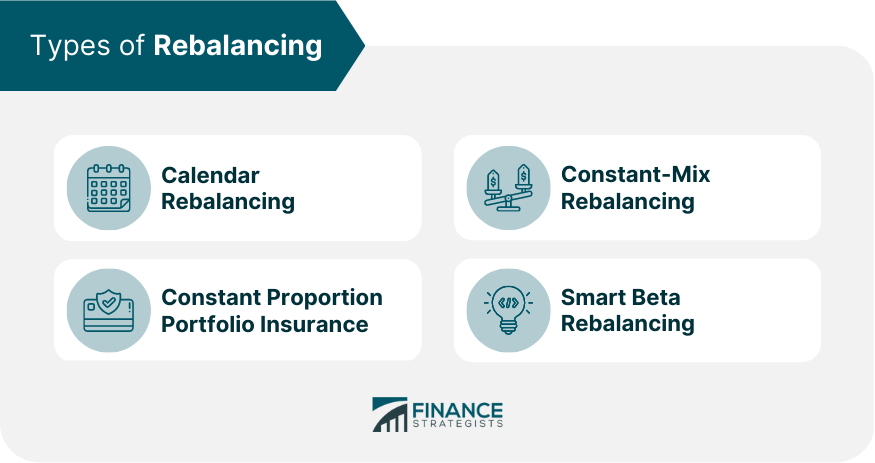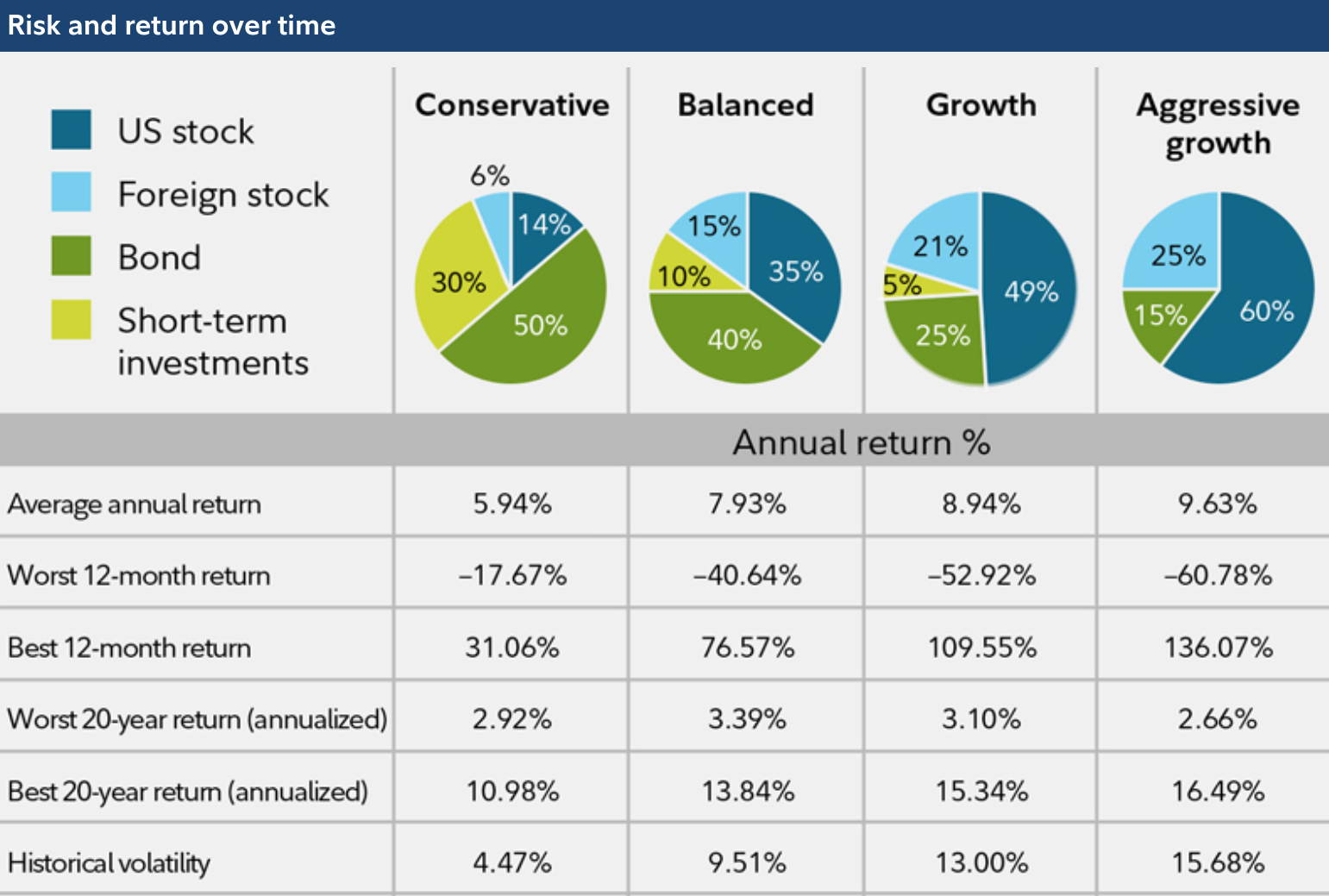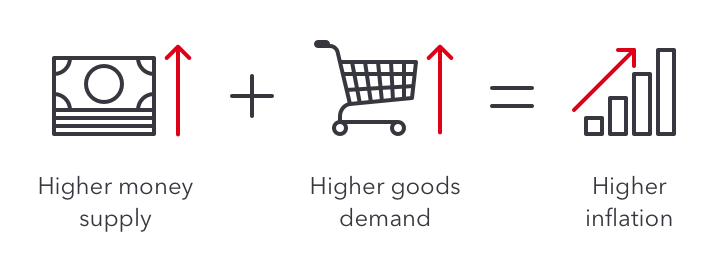There is a subset of investment funds known as corporate bond funds, and these are funds that invest specifically in bonds issued by corporations. Bonds are a type of financial security that businesses can use to raise capital for their operations. Bonds are issued by the entity that creates the bond. In most instances, they are given a predetermined interest rate and a date by which they must be redeemed. Because corporate bond funds offer both a steady income stream and a relatively low degree of risk, many investors looking for an investment choice that satisfies both criteria prefer to put their money into these funds.
What are Corporate Bond Funds?
The market for corporate bonds is a large and complex one, and there is an excellent lot of variety in terms of the many different types of bonds that may be purchased by investors. Investment-grade and high-yield bonds are the two primary categories that can be applied to arrange corporate bonds. Other subcategories may also be utilized.
Bonds are considered to be of investment grade when they have received a rating from a credit rating firm equal to or higher than BBB. These bonds have a reputation among investors as being among the safer investments available. High-yield bonds, on the other hand, are those that have ratings that are lower than BBB. As a result of their lower ratings, these bonds are considered investments that carry a greater level of risk.
An In-Depth Analysis of the Market
It is necessary to be aware of the several types of bonds that are available, as well as the dangers that are related to each type, before investing in corporate bond funds. Bonds with a rating of investment-grade are generally considered the safest investments available. This is since the creditworthiness of the issuing firm serves as a backing for the bonds. Alternatively, investments in high-yield bonds are regarded as more speculative and are connected to a higher level of risk than other types of bond investments.
In addition to having a solid understanding of the many different types of bonds available on the market, investors need also be aware of the numerous types of corporate bond funds available to invest in. Examples of these kinds of funds include exchange-traded funds, sometimes known as ETFs, and open-end and closed-end funds. Most of the time, open-end funds are subject to active management and invest in various bond categories across the market.

Closed-end funds are comparable to open-end funds; however, in contrast to open-end funds, closed-end funds do not engage in active management and frequently only invest in a single category of bonds. Open-end funds are a type of mutual fund that allows investors to buy and sell shares of the fund at any time. ETFs are managed hands-off and typically invest in a diverse portfolio of fixed-income assets. ETFs are also referred to as exchange-traded funds.
Fees involved with the fund
Before investing in corporate bond funds, it is critical to make sure that you have considered all of the fees involved with the fund. Because the costs charged by one fund can be very different from those assessed by another fund, it is vital, before investing, to investigate the fees demanded by several various funds. In addition, investors ought to consider the performance record of the fund over its whole existence, in addition to the track record of the fund manager.
The decision to invest in corporate bond funds is not devoid of the possibility of incurring losses, which would-be investors need to be aware of. Some examples of these risks include the prospect of defaulting on payments, the threat of an increase in interest rates, and the possibility of volatile market conditions. It is crucial to have a solid awareness of these risks before investing money in any form of bond fund, especially municipal bond funds.

Conclusion
Investing in corporate bond funds is a terrific technique that can be utilized to earn a steady income stream while simultaneously diversifying a portfolio. However, before investing in corporate bond funds, one needs to have a strong understanding of the many different types of bonds available, the fees associated with the fund, and the risks associated with the investment. This is necessary because of the nature of the investment. By doing so and basing their decisions on reliable information, investors can optimize the returns they receive on their investments.













Leave a Reply